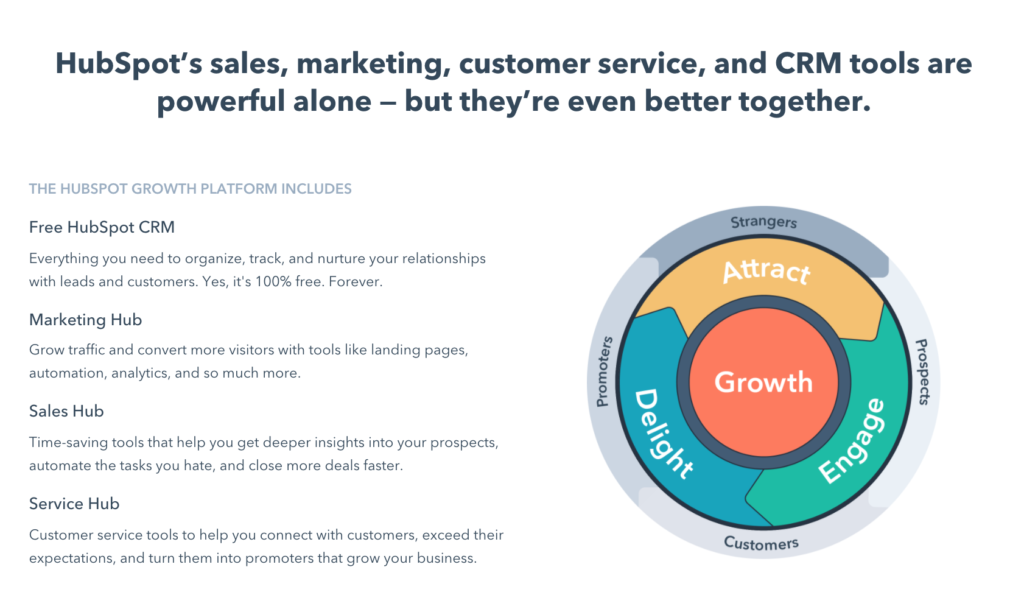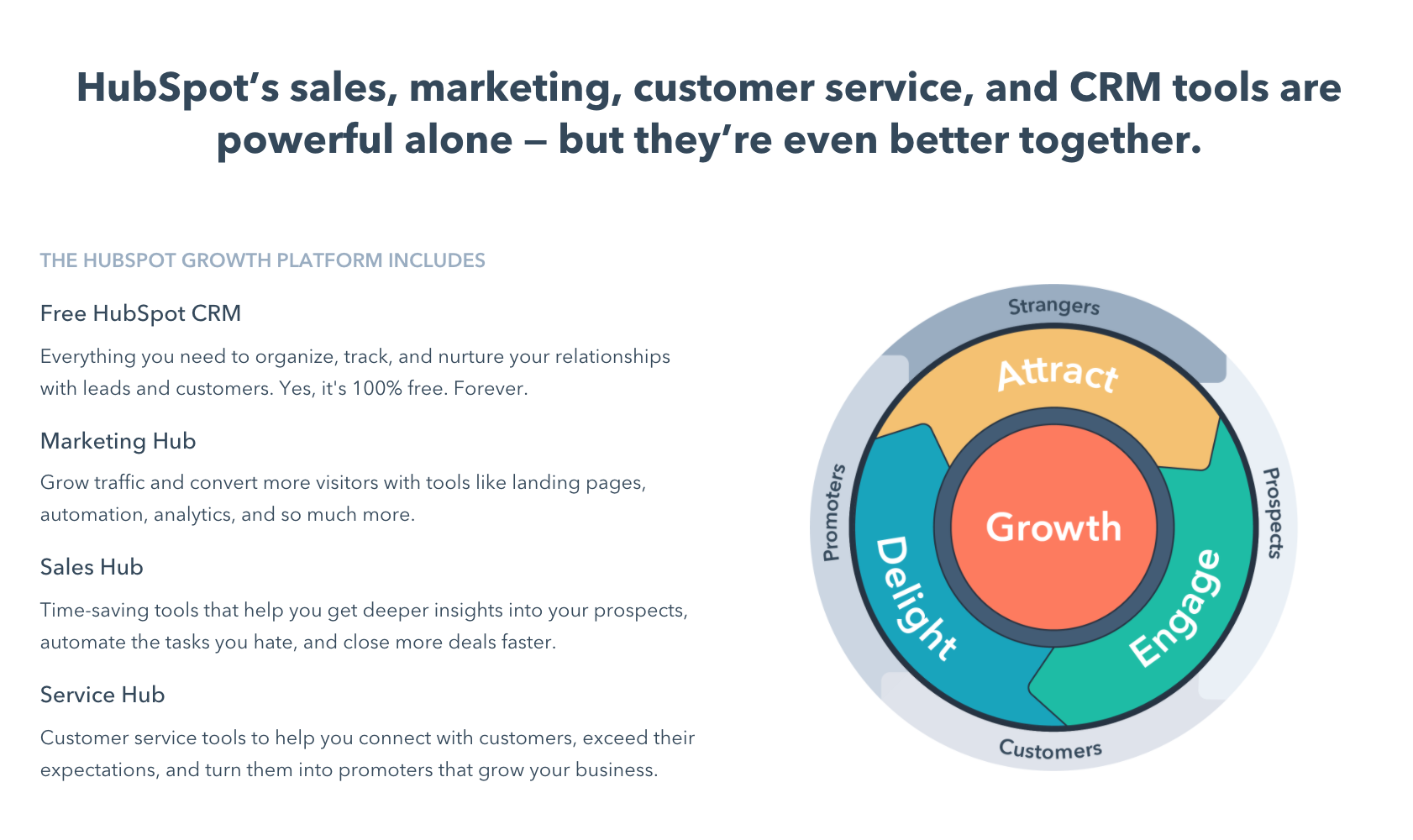
HubSpot: A Deep Dive into the Leading Growth Platform
In the dynamic world of marketing, sales, and customer service, businesses are constantly seeking integrated solutions to streamline their operations and foster growth. Among the leading platforms that have emerged as a frontrunner is HubSpot. This article provides an in-depth exploration of HubSpot, examining its origins, core functionalities, pricing structure, and its impact on the modern business landscape. Understanding HubSpot about its capabilities and how it can be leveraged is crucial for any organization aiming to thrive in today’s competitive market.
The Genesis of HubSpot
HubSpot was founded in 2006 by Brian Halligan and Dharmesh Shah, two MIT graduate students who recognized a fundamental shift in how people shop and buy. They observed that traditional outbound marketing methods were becoming less effective, as consumers were increasingly turning to the internet to research products and services. This realization led them to develop the concept of inbound marketing, a methodology focused on attracting customers through valuable content and personalized experiences.
The company’s initial product was a marketing automation platform designed to help businesses implement inbound marketing strategies. Over time, HubSpot has expanded its offerings to include sales, service, and operations hubs, creating a comprehensive growth platform for businesses of all sizes. The company’s mission is to help businesses grow better by providing them with the tools and resources they need to attract, engage, and delight customers.
Core Functionalities of HubSpot
HubSpot offers a wide range of tools and features across its various hubs, each designed to address specific business needs. Here’s a closer look at the core functionalities of each hub:
Marketing Hub
The Marketing Hub is the cornerstone of HubSpot’s platform, providing businesses with the tools they need to attract visitors, convert leads, and nurture customers. Key features include:
- Blogging: Create and publish blog posts to attract organic traffic and establish thought leadership.
- SEO Tools: Optimize website content for search engines to improve visibility and rankings.
- Social Media Management: Schedule and publish social media posts, monitor brand mentions, and engage with followers.
- Email Marketing: Create and send targeted email campaigns to nurture leads and drive conversions.
- Landing Pages: Design and optimize landing pages to capture leads and promote specific offers.
- Marketing Automation: Automate marketing tasks and workflows to improve efficiency and personalize the customer experience.
- Analytics: Track key marketing metrics and analyze campaign performance to identify areas for improvement.
Sales Hub
The Sales Hub empowers sales teams to close more deals and build stronger relationships with customers. Key features include:
- CRM: Manage contacts, track deals, and gain insights into sales performance.
- Sales Automation: Automate sales tasks and workflows to improve efficiency and free up time for selling.
- Email Tracking: Track email opens, clicks, and replies to understand prospect engagement.
- Meeting Scheduling: Schedule meetings with prospects and customers with ease.
- Quotes: Create and send professional-looking quotes to prospects.
- Reporting: Track key sales metrics and analyze team performance to identify areas for improvement.
Service Hub
The Service Hub enables businesses to provide exceptional customer service and build customer loyalty. Key features include:
- Help Desk: Manage customer support tickets and provide timely assistance.
- Knowledge Base: Create a self-service knowledge base to empower customers to find answers to their questions.
- Live Chat: Engage with customers in real-time through live chat.
- Feedback Surveys: Collect customer feedback to identify areas for improvement.
- Automation: Automate customer service tasks and workflows to improve efficiency and personalize the customer experience.
Operations Hub
The Operations Hub helps businesses streamline their operations and connect their data. Key features include:
- Data Sync: Sync data between HubSpot and other business systems.
- Data Quality Automation: Automate data cleansing and enrichment to improve data quality.
- Programmable Automation: Customize automation workflows to meet specific business needs.
CMS Hub
The CMS Hub provides businesses with the tools they need to create and manage their website content. Key features include:
- Drag-and-Drop Editor: Easily create and edit website pages without coding.
- SEO Optimization: Optimize website content for search engines to improve visibility and rankings.
- Personalization: Personalize website content based on visitor behavior and preferences.
- Security: Protect website from security threats with built-in security features.
HubSpot Pricing Structure
HubSpot offers a tiered pricing structure for each of its hubs, with different plans catering to businesses of varying sizes and needs. The pricing is generally based on the number of contacts, users, and features included in each plan. HubSpot about pricing is frequently discussed and reviewed by its users.
Free Plans: HubSpot offers free versions of each hub, providing basic functionalities for businesses to get started. These free plans are a great way to explore the platform and determine if it’s the right fit for your needs.
Starter Plans: The Starter plans offer more advanced features than the free plans and are designed for small businesses that are just getting started with marketing, sales, or customer service.
Professional Plans: The Professional plans are designed for growing businesses that need more advanced features and automation capabilities.
Enterprise Plans: The Enterprise plans are designed for large organizations that need the most advanced features and support.
It’s important to note that HubSpot’s pricing can be complex, and it’s essential to carefully evaluate your business needs and budget before choosing a plan. You should also consider the costs associated with implementation, training, and ongoing support.
The Impact of HubSpot on Modern Business
HubSpot has had a significant impact on the way businesses approach marketing, sales, and customer service. By championing the inbound marketing methodology, HubSpot has helped businesses shift their focus from outbound tactics to attracting customers through valuable content and personalized experiences. This has led to more effective marketing campaigns, improved sales performance, and stronger customer relationships.
Furthermore, HubSpot’s integrated platform has helped businesses break down silos between departments and create a more cohesive customer experience. By centralizing data and processes, HubSpot enables businesses to gain a holistic view of their customers and provide them with more personalized and relevant interactions.
HubSpot has also played a key role in democratizing marketing and sales technology. By offering free and affordable plans, HubSpot has made powerful tools accessible to businesses of all sizes, empowering them to compete more effectively in the marketplace.
HubSpot’s Community and Resources
Beyond its software, HubSpot boasts a vibrant community and a wealth of resources for its users. The HubSpot Academy offers free online courses and certifications on various topics related to marketing, sales, and customer service. The HubSpot Blog provides valuable insights and best practices for using the platform and implementing inbound strategies. And the HubSpot Community Forum provides a platform for users to connect with each other, ask questions, and share ideas.
Conclusion: HubSpot – A Growth Platform for the Modern Era
HubSpot has evolved from a marketing automation platform into a comprehensive growth platform that empowers businesses to attract, engage, and delight customers. With its wide range of tools, integrated platform, and commitment to inbound marketing, HubSpot has become an indispensable asset for businesses looking to thrive in the modern era. By understanding HubSpot about its capabilities and leveraging its resources, businesses can unlock their full potential and achieve sustainable growth. Choosing the right plan and understanding the nuances of the platform is crucial for businesses looking to maximize their ROI. HubSpot continues to innovate and adapt to the ever-changing needs of the market, solidifying its position as a leader in the growth platform space. Many businesses depend on HubSpot to manage their customer relationships and marketing efforts. The future of HubSpot looks bright, with ongoing development and expansion into new areas of business. Businesses should carefully consider HubSpot about its features, pricing, and integration capabilities to determine if it’s the right solution for their needs.
[See also: HubSpot CRM: A Comprehensive Review] [See also: Inbound Marketing: The HubSpot Way] [See also: Sales Automation with HubSpot]

